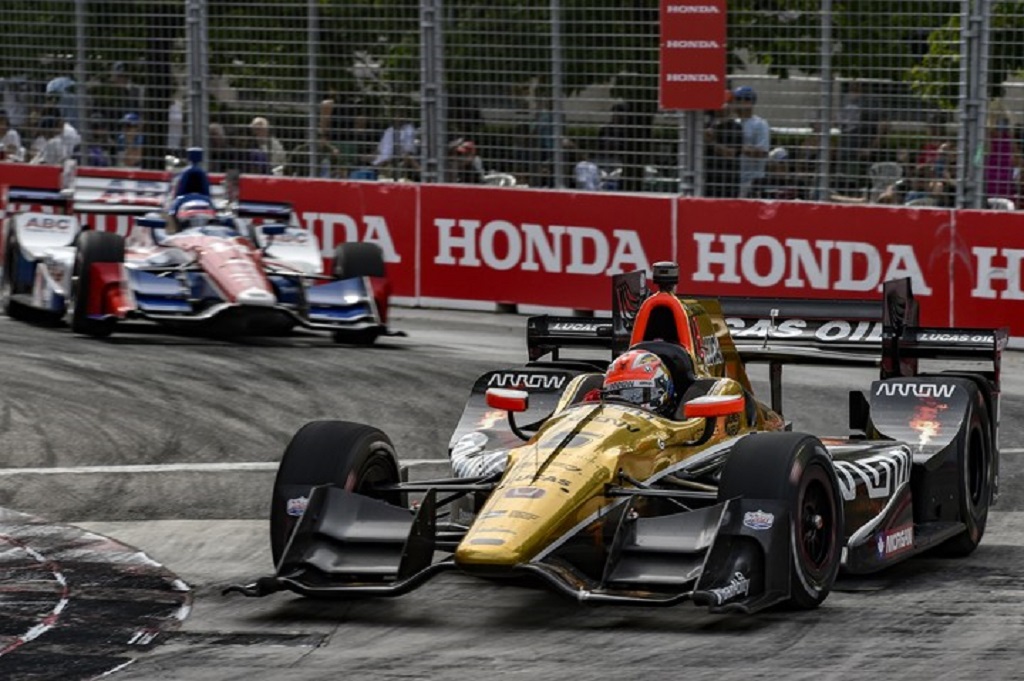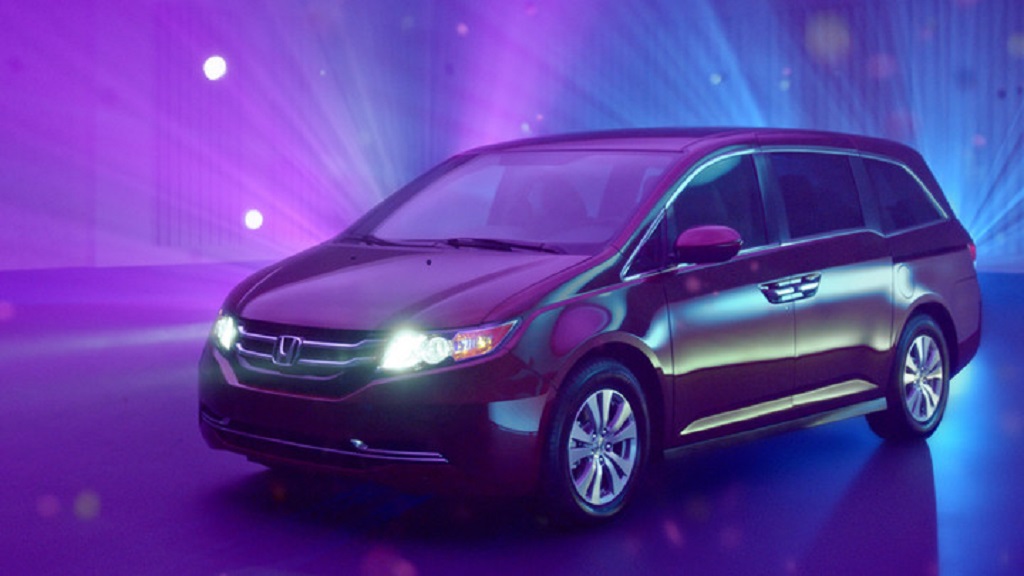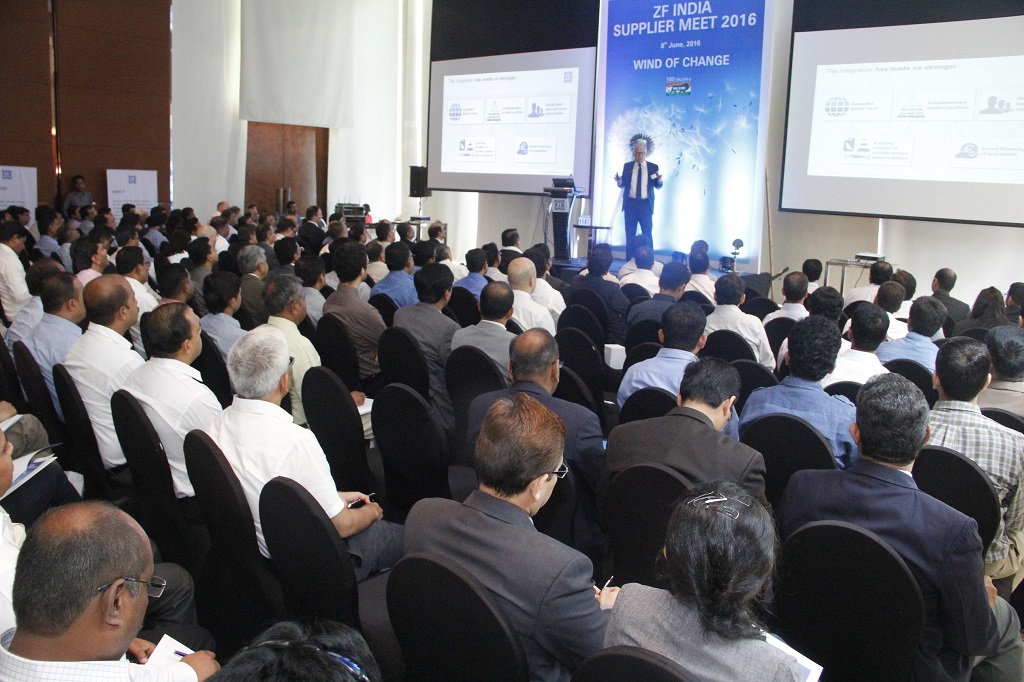ZF demonstrates advanced partially automated driving functions
§ System helps to reduce the effort and stress of highway driving, improves occupant comfort and can improve fuel economy.
§ Allows for multi-lane functionality in highway driving including overtaking capability.
§ Helps support hands-free and feet-free highway driving at speeds from 0-130 kph, including automated driver-initiated (or vehicle-proposed) lane changes.
ZF is demonstrating advanced partially automated driving capabilities for customers and the media at its Driver Assist Systems facility in Brest, France. Drivers will be able to experience a ‘Highway Driving Assist Multi-Lane’ feature which combines environmental sensing, automatic steering, braking and acceleration to help maintain vehicle control. The system can support automatic, driver initiated lane changes – detecting the lane type and presence of vehicles in neighboring lanes.
Karl-Heinz Glander, chief engineering manager for Automated Driving Systems at ZF, said: “Enabling the next generation of vehicles to See, Think and Act in increasingly integrated and intelligent ways will help redefine the future of mobility, and automated functions will be applied across the broad spectrum of the transportation sector. For vehicles on the highway it will be a significant step forward to add multi-lane features such as overtaking assistance to existing longitudinal and lateral control functions- further supporting driver safety and comfort.”
The combination of perception, decision making, planning and vehicle control helps to enable hands-free and feet-free highway driving at speeds from 0-130 kph, including automated driver-initiated (or vehicle-proposed and driver-confirmed) lane changes.
The demonstration vehicle integrates ZF TRW’s AC1000 radars and next generation camera systems together with its Electrically Powered Steering Belt Drive (EPS BD) and Electronic Stability Control. It combines automated longitudinal control with automated lateral control functionalities and adds AC1000 short range radars on the corners of the vehicle to support, for example, the overtake feature.
Automated longitudinal control helps to keep the vehicle at a set speed and/or safe distance from the vehicle in front, while the lateral controller helps to keep the car in the center of the lane. When a slower moving vehicle is encountered, the side facing radars have the capability to detect vehicles in adjacent lanes and determine if there is a sufficient gap to overtake safely. If so, the automated driving system can signal to the driver the option to overtake the slower vehicle via the HMI interface. The driver can accept the recommendation by activating the turn indicator. The lateral controller and vehicle steering system then executes the lane change maneuver. The driver can override the system at any time.
Glander continued: “The new lane change feature is another milestone on the roadmap to automated driving, and the 360 degree sensor system also could support further safety and comfort enhancements like blind spot detection, collision avoidance and automated parking. The system can also be combined with advanced vehicle control systems such as active kinematic control for rear wheel steering maneuverability and continuous damping control allowing for improved comfort and safety from the active suspension system.“



